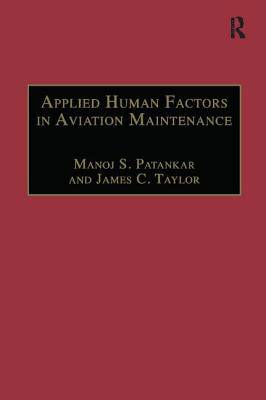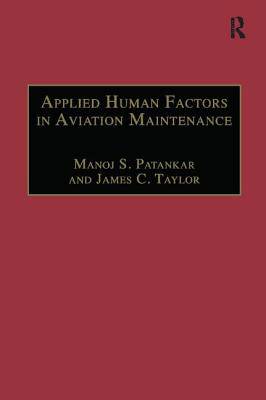
- Afhalen na 1 uur in een winkel met voorraad
- Gratis thuislevering in België vanaf € 30
- Ruim aanbod met 7 miljoen producten
- Afhalen na 1 uur in een winkel met voorraad
- Gratis thuislevering in België vanaf € 30
- Ruim aanbod met 7 miljoen producten
Zoeken
€ 71,95
+ 143 punten
Uitvoering
Omschrijving
Considering the global awareness of human performance issues affecting maintenance personnel, there is enough evidence in the US ASRS reports to establish that systemic problems such as impractical maintenance procedures, inadequate training, and the safety versus profit challenge continue to contribute toward latent failures. Manoj S. Patankar and James C. Taylor strongly believe in incorporating the human factors principles in aviation maintenance. In this, their second of two volumes, they place particular emphasis on applying human factors principles in a book intended to serve as a practical guide, as well as an academic text. Features include: - A real 'how to' approach that serves as a companion to the previous volume: 'Risk Management and Error Reduction in Aviation Maintenance'. - Self-reports of maintenance errors used throughout to illustrate the systemic susceptibility for errors as well as to discuss corresponding solutions. - Two tools - a pre-task scorecard and a post-task scorecard - introduced as means to measure individual as well as organizational safety performance. - Interpersonal trust and professionalism explored in detail. - Ethical and procedural issues associated with collection and analysis of both qualitative as well as quantitative safety data discussed. The intended readership includes aviation maintenance personnel, e.g. FAA-type aircraft mechanics, CAA-type aircraft maintenance engineers, maintenance managers, regulators, and aviation students.
Specificaties
Betrokkenen
- Auteur(s):
- Uitgeverij:
Inhoud
- Aantal bladzijden:
- 170
- Taal:
- Engels
Eigenschappen
- Productcode (EAN):
- 9781138249981
- Verschijningsdatum:
- 29/06/2017
- Uitvoering:
- Paperback
- Formaat:
- Trade paperback (VS)
- Afmetingen:
- 156 mm x 233 mm
- Gewicht:
- 452 g

Alleen bij Standaard Boekhandel
+ 143 punten op je klantenkaart van Standaard Boekhandel
Beoordelingen
We publiceren alleen reviews die voldoen aan de voorwaarden voor reviews. Bekijk onze voorwaarden voor reviews.











